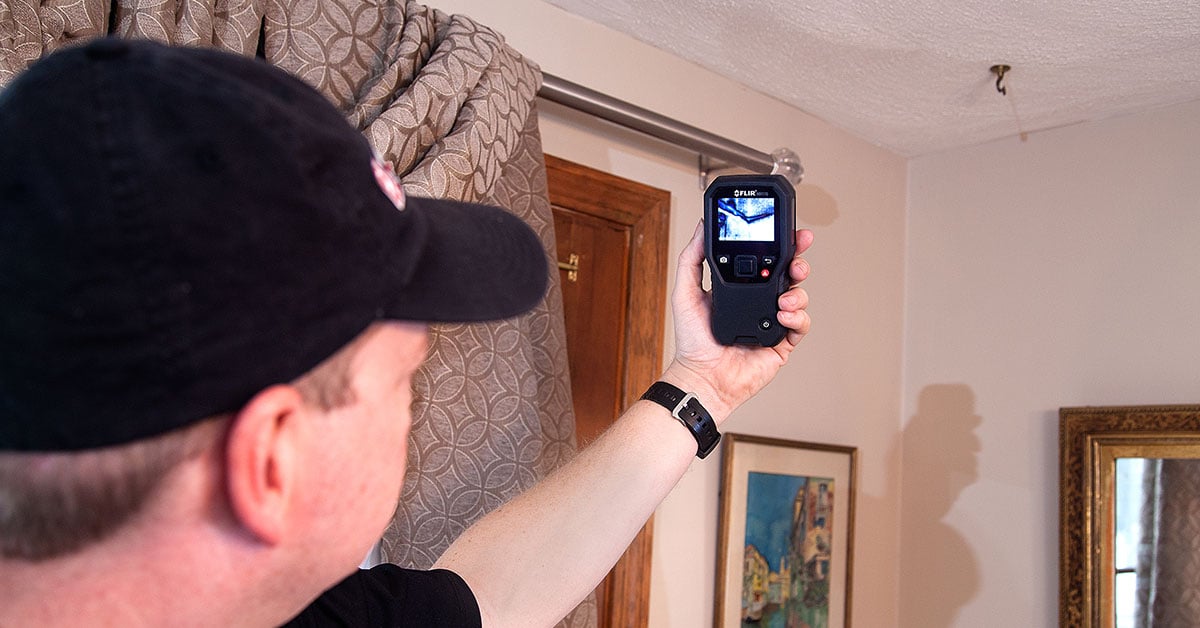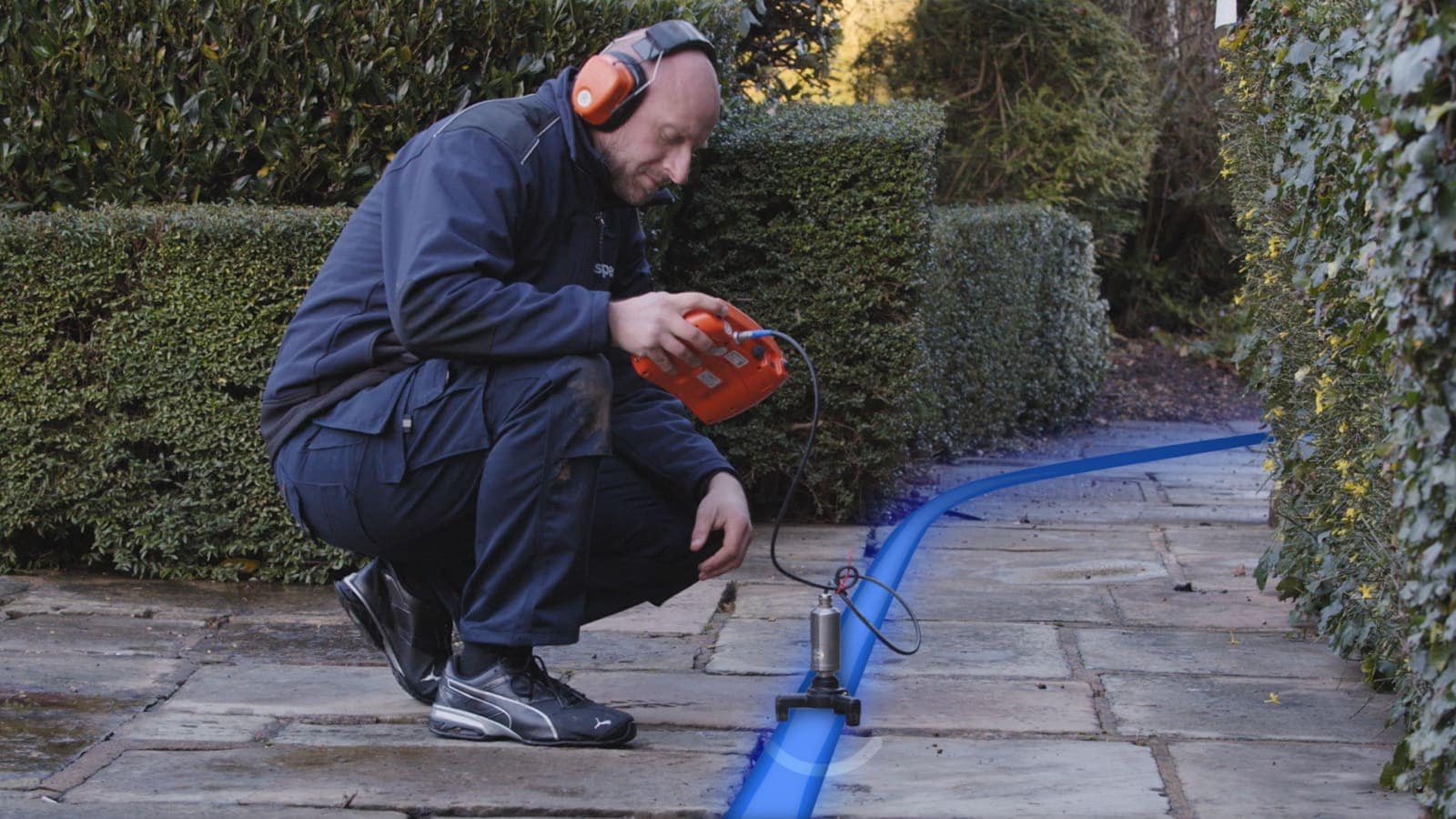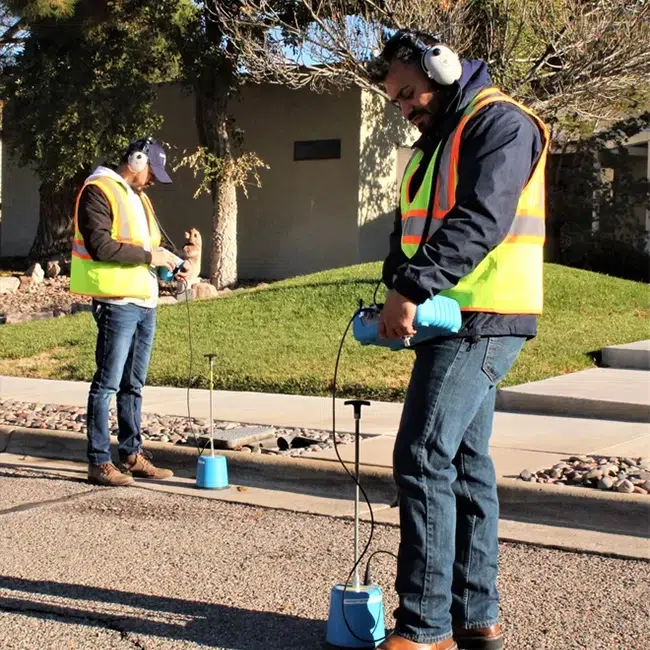Why Timely Water Leak Detection is Necessary for Maintaining a Healthy And Balanced Home
Why Timely Water Leak Detection is Necessary for Maintaining a Healthy And Balanced Home
Blog Article
Cutting-edge Solutions for Very Early Discovery of Water Leaks in Structures and Framework
As the stability of buildings and facilities is paramount, the obstacle of early discovery of water leakages has actually spurred cutting-edge services that assure to transform the means we safeguard versus prospective damages. From innovative leakage detection innovations to the deployment of IoT sensors for real-time surveillance, the landscape of leakage avoidance is progressing swiftly. Device discovering formulas provide a look into the future of leakage forecast, while thermal imaging presents a non-intrusive technique for determining hidden leaks. Automated water flow analysis systems are improving just how leaks are identified and attended to, leading the way for a proactive method to water leakage detection. Each of these services holds the crucial to making certain the reliability and longevity of our built atmosphere, prompting a shift in the direction of a much more lasting and reliable future.
Advanced Leakage Discovery Technologies
Advanced leakage detection innovations, geared up with innovative sensors and algorithms, play a critical duty in promptly determining and determining water leakages in numerous settings. These modern technologies utilize a mix of acoustic, thermal, and electromagnetic picking up techniques to spot leakages properly. Acoustic sensors find the noise of leaving water, allowing for precise localization of the leakage source. Thermal imaging discovers temperature changes caused by water leak, supplying one more effective approach for leak recognition. Electro-magnetic sensors can identify adjustments in electro-magnetic fields triggered by water, using yet one more layer of leakage detection ability.

IoT Sensors for Real-Time Monitoring
In the realm of modern water leakage detection, the assimilation of IoT sensing units for real-time surveillance stands for a critical improvement in boosting aggressive leak detection abilities. These sensing units use continual surveillance of water systems, providing real-time information on water circulation prices, stress variants, and temperature level changes. By leveraging IoT technology, these sensors can find even the smallest anomalies in water usage patterns, enabling early identification of potential leaks prior to they intensify into significant issues.
IoT sensors transmit data to a central system, where innovative formulas assess the details and produce informs or notices when irregularities are found. This real-time tracking capacity allows homeowner or facility supervisors to promptly attend to leaks, lessening water damage, reducing fixing prices, and saving water resources.
In addition, IoT sensing units can be integrated with structure administration systems, permitting computerized actions to found leaks, such as shutting down water shutoffs or activating pumps to reduce the influence of leakages. Overall, the execution of IoT sensors for real-time surveillance dramatically enhances the performance and efficiency of water leak discovery in structures and infrastructure.
Artificial Intelligence Algorithms for Leakage Prediction

One key benefit of utilizing device learning for leakage prediction is its capacity to constantly learn and improve its precision gradually. As more information is collected and fed right into the algorithm, it can improve its predictions and adjust to changing problems, ultimately raising the reliability of leakage detection systems.
In addition, device learning algorithms can assist in determining refined indications of leakages that may go undetected by traditional monitoring approaches. water leak detection. By analyzing intricate data embed in real-time, these algorithms can supply very early warnings and informs, allowing for timely treatment and preventive upkeep to mitigate potential water damage and connected costs
Using Thermal Imaging for Leak Discovery
Thermal imaging innovation uses an encouraging strategy for detecting water leaks in different systems and frameworks. By making use of infrared radiation and temperature level differences, thermal imaging cameras can identify hidden leaks that are not easily noticeable to the naked eye.
One of the key advantages of thermal imaging for leakage discovery is its non-intrusive nature. Unlike typical approaches that might call for getting into walls or floors to locate leaks, thermal imaging enables non-destructive screening. This not just conserves time and decreases costs but also reduces disruption to the building or framework being examined. Furthermore, thermal imaging can rapidly check huge areas, providing a detailed overview of possible leakage sources in a prompt manner. Generally, the usage of thermal imaging innovation enhances the performance and accuracy of water site here leak detection, making it a useful tool for keeping the stability of structures and facilities.
Automated Water Flow Evaluation Systems
Just how can automated water circulation analysis systems reinvent the discovery and management of leakages in different systems and frameworks? Automated water flow evaluation systems offer a positive strategy to leakage detection by continually keeping an eye on water flow prices and patterns. By developing baseline information, these systems can promptly identify inconsistencies that may suggest a leakage, enabling timely treatment to stop considerable damage.
These systems use sophisticated formulas to analyze real-time data and supply prompt alerts when anomalies are found, permitting speedy action to be taken. Additionally, automatic water circulation evaluation systems can be incorporated with structure management systems or IoT platforms, improving general performance and enabling remote tracking abilities.
Moreover, the data gathered by these systems can be used for predictive upkeep purposes, helping to recognize possible weak factors in the facilities before leaks take place. On the whole, the execution of computerized water circulation analysis systems can considerably improve leakage discovery and management practices, inevitably causing set you back savings, reduced water wastefulness, and boosted sustainability in buildings and infrastructure.

Verdict
In final thought, the integration of advanced leakage detection innovations, IoT sensing units, artificial intelligence formulas, thermal imaging, and automatic water circulation evaluation systems uses ingenious services for early detection of water leaks in structures and framework. These innovations allow real-time tracking, prediction of leaks, and efficient discovery techniques to avoid water damage and learn the facts here now wastage. Implementing these solutions can assist in preserving the integrity and sustainability of water supply in numerous setups.
Report this page